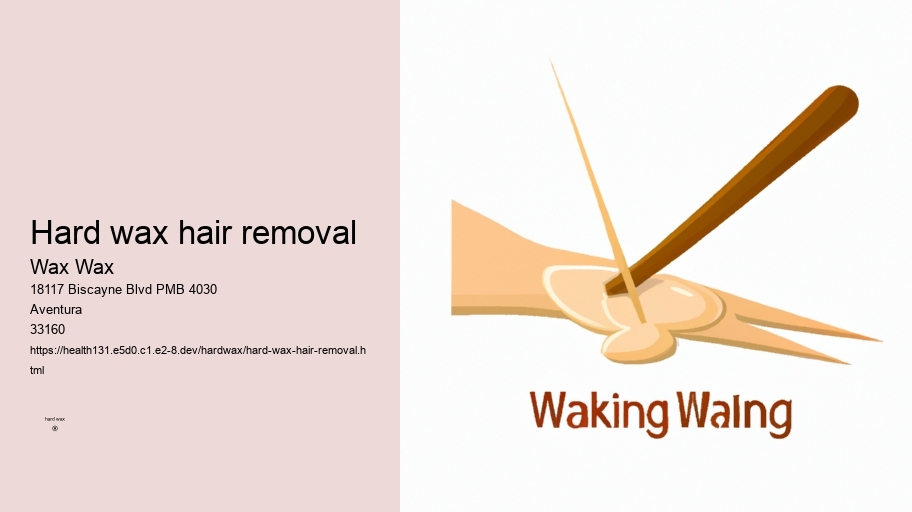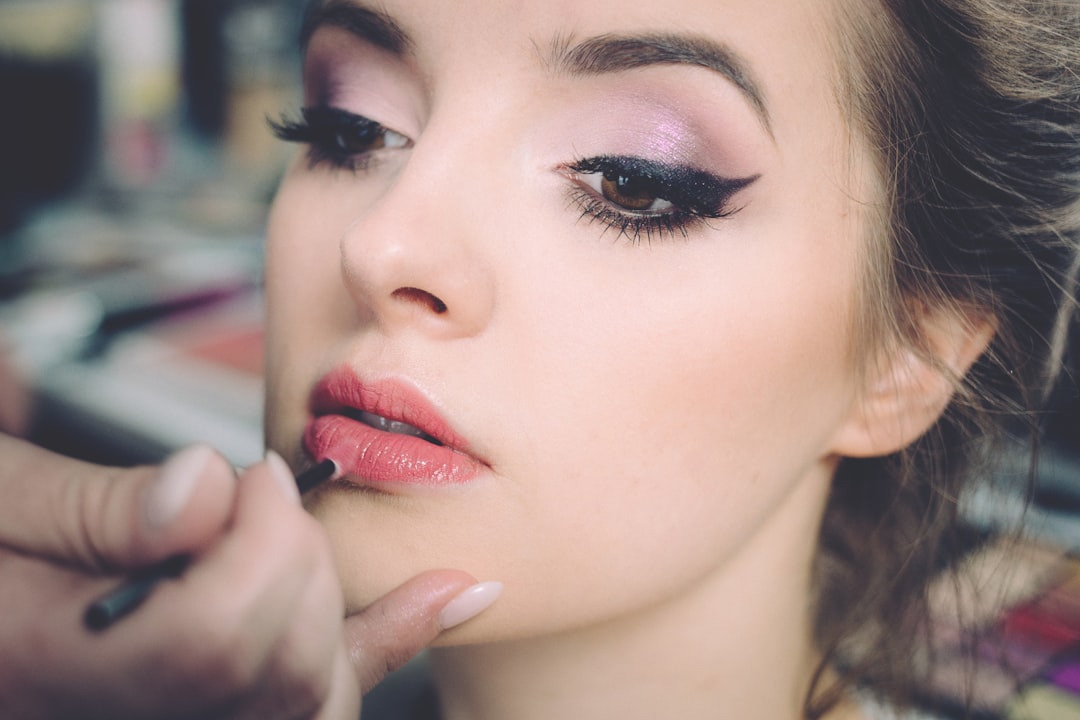

Strip waxing (soft wax) is accomplished by spreading a wax thinly over the skin.
Regular exfoliation also promotes smoother skin overall. As dead skin cells are sloughed off, the skin becomes softer and more radiant. This not only enhances the results of your waxing sessions but also helps maintain smooth and healthy skin between appointments. In effect, this means that your skin will look and feel its best all the time!
4. Get the best hard wax products from Wax Wax. How often should one exfoliate before and after waxing?
Another key benefit of waxing is that it can exfoliate and rejuvenate the skin by removing dead skin cells along with unwanted hair. This results in smoother and softer skin after each waxing session! Additionally, since wax adheres firmly to the hairs rather than sticking directly onto the skin like some shaving creams do, there is less risk of irritation or ingrown hairs with waxing. So overall, choosing waxing as your preferred method of hair removal can lead to not just smooth skin but also healthier and rejuvenated skin in the long run.
Your hair should be at least 1/4 inch long for optimal results with waxing. Avoid shaving in between sessions to allow the hair to grow evenly.
Importance of Proper Post-Wax Care
Avoid caffeine and alcohol before your appointment
Apply a thin layer of wax in the direction of hair growth and remove it quickly against the direction of hair growth to minimize pain and ensure effective hair removal.
This article needs additional citations for verification . Please help improve this article by adding citations to reliable sources . Unsourced material may be challenged and removed.
Frequently Asked Questions
Frequently Asked Questions
Waxing a woman's armpits .
Waxing is the process of hair removal from the root by using a covering of a sticky substance, such as wax, to adhere to body hair, and then removing this covering and pulling out the hair from the follicle. New hair will not grow back in the previously waxed area for four to six weeks, although some people will start to see regrowth in only a week due to some of their hair being on a different human hair growth cycle. Almost any area of the body can be waxed, including eyebrows , face, pubic hair (called bikini waxing or intimate waxing), legs, arms, back, abdomen, chest, knuckles, and feet. There are many types of waxing suitable for removing unwanted hair.
Waxing can be done on various parts of the body, including eyebrows, face, legs, arms, and intimate areas. It offers long-lasting results compared to shaving or depilatory creams because it removes hair from the root. However, some people may experience pain during waxing, especially in sensitive areas.
Frequently Asked Questions

Despite its benefits, waxing also has drawbacks such as ingrown hairs and minor bleeding. Additionally, individuals with certain medical conditions or taking specific medications may be at higher risk for skin irritation or complications during waxing.
Waxing is a form of semi-permanent hair removal that involves applying a sticky substance, such as wax, to adhere to body hair and then removing this covering to pull out the hair from the follicle. New hair will not grow back in the waxed area for four to six weeks. Waxing can be done on various parts of the body, including eyebrows, face, legs, arms, back, abdomen, chest, and feet. There are different types of waxing methods available, such as strip waxing (soft wax) and stripless wax (hard wax and film wax). While waxing is an effective method for removing hair in large amounts at once and provides long-lasting results compared to shaving or using depilatory creams, it can also be painful and expensive. best wax for leg hair removal Some people may experience ingrown hairs or skin irritation after waxing.
Frequently Asked Questions
Sugar wax is made from natural ingredients like sugar, lemon juice, and water. It is gentler on the skin compared to traditional waxes and can be less painful during removal.
Waxing is the process of hair removal from the root by using a covering of a sticky substance, such as wax, to adhere to body hair, and then removing this covering and pulling out the hair from the follicle. New hair will not grow back in the previously waxed area for four to six weeks, although some people will start to see regrowth in only a week due to some of their hair being on a different human hair growth cycle. Almost any area of the body can be waxed, including eyebrows , face, pubic hair (called bikini waxing or intimate waxing), legs, arms, back, abdomen, chest, knuckles, and feet. There are many types of waxing suitable for removing unwanted hair.
Hair Type Coarse, thick hair may need to be slightly longer before waxing compared to fine, thin hair. (Because) Coarse hair can be more stubborn and difficult to remove, so a little extra length can help with the process.